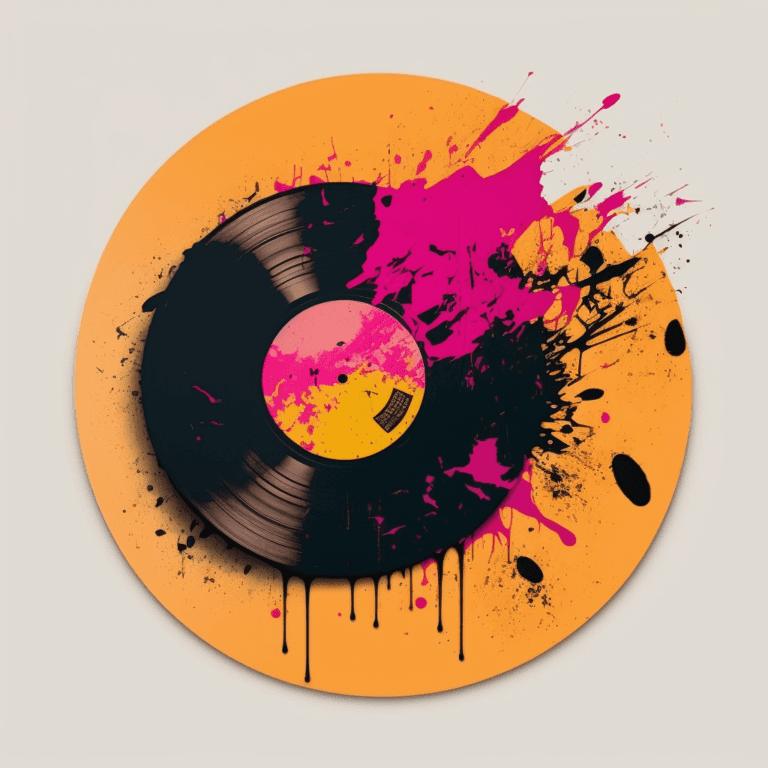Timbre
When we talk about music, we often focus on melody, rhythm, and harmony. However, there’s another essential aspect that adds depth and richness to the music we hear: Timbre!
In simple terms, timbre refers to the unique quality or colour of a sound. Just like different colours can be mixed to create various shades, timbre is what distinguishes one musical instrument or voice from another. For example, when you listen to a piano and a guitar playing the same note, you can easily tell them apart due to their distinct timbres. Timbre is what makes a flute sound airy and light, while a trumpet sounds bright and bold.
Timbre is influenced by several factors, including the shape and material of the instrument, the manner in which it is played, and the individual characteristics of the musician. For instance, the way a violinist draws the bow across the strings or the way a vocalist shapes their mouth while singing can significantly alter the timbre.
One fascinating aspect of timbre is its emotional impact. Different timbres can evoke distinct feelings and moods. For instance, a mellow and warm timbre might create a relaxing and calming atmosphere, while a sharp and harsh timbre can evoke tension or excitement. Composers and musicians often use these timbral variations to convey emotions and tell stories through their music.
Understanding timbre not only enhances our appreciation of music but also opens the door to new possibilities in music creation. Musicians can experiment with combining different instruments and timbres to create unique and captivating sounds. This experimentation leads to the vast array of musical genres we enjoy today.

So what’s this site all about anyway?
Well, if you ever find yourself needing music for anything – a YouTube video, a podcast, a school project, a presentation, TV commercial or even a film – then browse, preview and download any of our tracks





